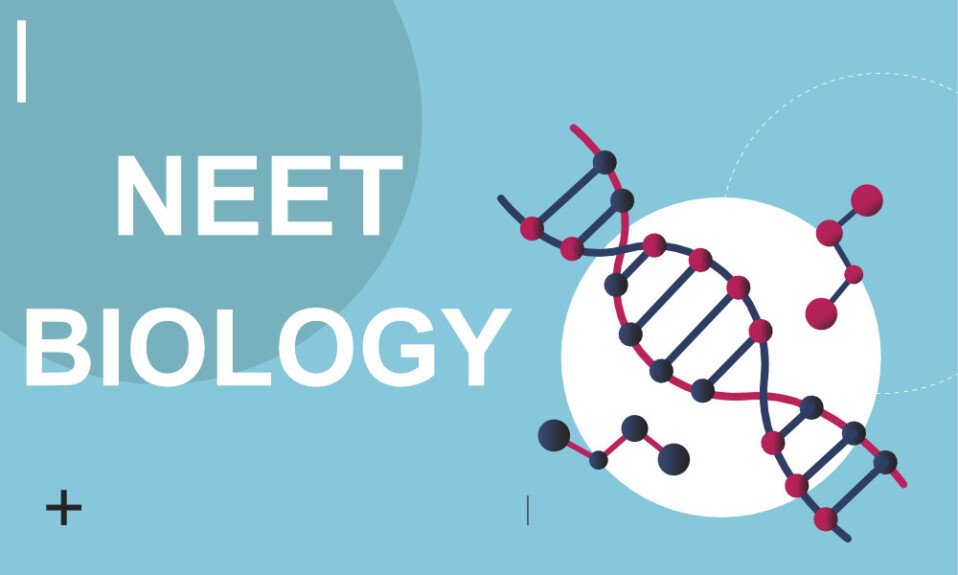1. Kranz anatomy is typical of
(a) C4 plants
(b) C3 plants
(c) C2 plants
(d) CAM plants
Answer:(a) C4 plants
2. Transpiration is least in
(a) Good soil moisture
(b) High wind velocity
(c) Dry environment
(d) High atmospheric humidity.
Answer:(d) High atmospheric humidity
3. Phenyl mercuric acetate (PMA) results in
(a) Reduced photosynthesis
(b) Reduced transpiration
(c) Reduced respiration
(d) Killing of plants.
Answer:(b) Reduced transpiration
4. Stomata open and close due to
(a) Circadian rhythm
(b) Genetic clock
(c) Pressure of gases inside the leaves
(d) Turgor pressure of guard cells.
Answer:(d) Turgor pressure of guard cells.
5. The first carbon dioxide acceptor in C4-plants is
(a) Phosphoenol-pyruvate
(b) Ribulose 1, 5-diphosphate
(c) Oxalo-acetic acid
(d) Phosphoglyceric acid.
Answer:(a) Phosphoenol-pyruvate
6. Phytochrome is involved in
(a) Phototropism
(b) Photorespiration
(c) Photoperiodism
(d) Geotropism.
Answer:(c) Photoperiodism
7. Gibberellins promote
(a) Seed germination
(b) Seed dormancy
(c) Leaf fall
(d) Root elongation
Answer:(a) Seed germination
8. Cut or excised leaves remain green for long if induced to root or dipped in
(a) Gibberellins
(b) Cytokinins
(c) Auxins
(d) Ethylene.
Answer:(b) Cytokinins
9. Hormone primarily connected with cell division is
(a) IAA
(b) NAA
(c) Cytokinin/zeatin
(d) Gibberellic acid
Answer:(c) Cytokinin/zeatin
10. Carbon dioxide joins the photosynthetic pathway in
(a) PS I
(b) PS II
(c) Light reaction
(d) Dark reaction.
Answer:(d) Dark reaction.
11. NADP+ is reduced to NADPH in
(a) PS I
(b) PS II
(c) Calvin cycle
(d) Noncyclic photophosphorylation.
Answer:(d) Noncyclic photophosphorylation.
12. Minerals absorbed by root move to the leaf through
(a) Xylem
(b) Phloem
(c) Sieve tubes
(d) None of the above.
Answer:(a) Xylem
13. Phosphorous and nitrogen ions generally get depeleted in soil because they usually occur as
(a) Neutral ions
(b) Negatively charged ions
(c) Positively charged ions
(d) Both positively and negatively charged but disproportionate mixture.
Answer:(b) Negatively charged ions
14. Which one is an essential mineral, not constituent of any enzyme but stimulates the activity of many enzymes
(a) Zn
(b) Mn
(c) K
(d) Mg.
Answer:(c) K
15. Which one increases in the absence of light?
(a) Uptake of minerals
(b) Uptake of water
(c) Elongation of internodes
(d) Ascent of sap.
Answer:(c) Elongation of internodes
16. Mowing grass lawn facilities better maintenance because
(a) Wounding stimulates regeneration
(b) Removal of apical dominance and stimulation of intercalary meristem
(c) Removal of apical dominance
(d) Removal of apical dominance and promotion of lateral meristem.
Answer:(b) Removal of apical dominance and stimulation of intercalary meristem
17. Leaf fall can be prevented with the help of
(a) Abscisic acid
(b) Auxins
(c) Florigen
(d) Cytokinins.
Answer:(d) Cytokinins
18. Which of the following hormones can replace vernalisation?
(a) Auxin
(b) Cytokinin
(c) Gibuerellins
(d) Ethylene.
Answer:(c) Gibuerellins
19. The size of chlorophyll molecule is
(a) Head 15 x 15 A, tail 25 A
(b) Head 20 x 20 A, tail 25 A
(c) Head 15 x 15 A, tail 20 A
(d) Head 10 x 12 A, tail 25 A.
Answer:(c) Head 15 x 15 A, tail 20 A
20. The substrate for photorespiration is
(a) Phosphoglyceric acid
(b) Glycolate
(c) Serine
(d) Glycine
Answer:(b) Serine
21. In C4 plants, Calvin cycle operates in
(a) Stroma of bundle sheath chloroplasts
(b) Grana of bundle sheath chloroplasts
(c) Grana of mesophyll chloroplasts
(d) Stroma of mesophyll chloroplasts.
Answer:(a) Stroma of bundle sheath chloroplasts
22. Greatest producers of organic matter are
(a) Crop plants
(b) Forests
(c) Plants of the land area
(d) Phytoplankton of oceans.
Answer:(d) Phytoplankton of oceans.
23. A very efficient converter of solar energy with net productivity of 204 kg/m2 or more is the crop
(a) Wheat
(b) Sugarcane
(c) Rice
(d) Bajra.
Answer:(b) Sugarcane
24. A bottle filled with previously moistened mustard seeds and water was screw capped tightly and kept in a corner. It blew up suddenly after about half an hour. The phenomenon involved is
(a) Diffusion
(b) Imbibition
(c) Osmosis
(d) D.P.D.
Answer:(b) Imbibition
25. The principal pathway of water translocation in angiosperms is
(a) Sieve cells
(b) Sieve tube elements
(c) Xylem vessel system
(d) Xylem and phloem.
Answer:(c) Xylem vessel system
26. Which of the following movement is not related to auxin level?
(a) Bending of shoot towards light
(b) Movement of root towards soil
(c) Nyctinastic leaf movements
(d) Movement of sunflower head tracking the sun.
Answer:(c) Nyctinastic leaf movements
27. Phototropic and geotropic movements are linked to
(a) Gibberellins
(b) Enzymes
(c) Auxin
(d) Cytokinins
Answer:(c) Auxin
28. Abscisic acid controls
(a) Cell division
(b) Leaf fall and dormancy
(c) Shoot elongation
(d) Cell elongation and wall formation.
Answer:(b) Leaf fall and dormancy
29. Phytohormones are
(a) Chemical regulation flowering
(b) Chemical regulation secondary growth
(c) Hormones regulating growth from seed to adulthood
(d) Regulators synthesised by plants and influencing physiological processes.
Answer:(d) Regulators synthesised by plants and influencing physiological processes.
30. Highest auxin concentration occurs
(a) In growing tips
(b) In leaves
(c) At base of plant organs
(d) In xylem and phloem.
Answer:(a) In growing tips



